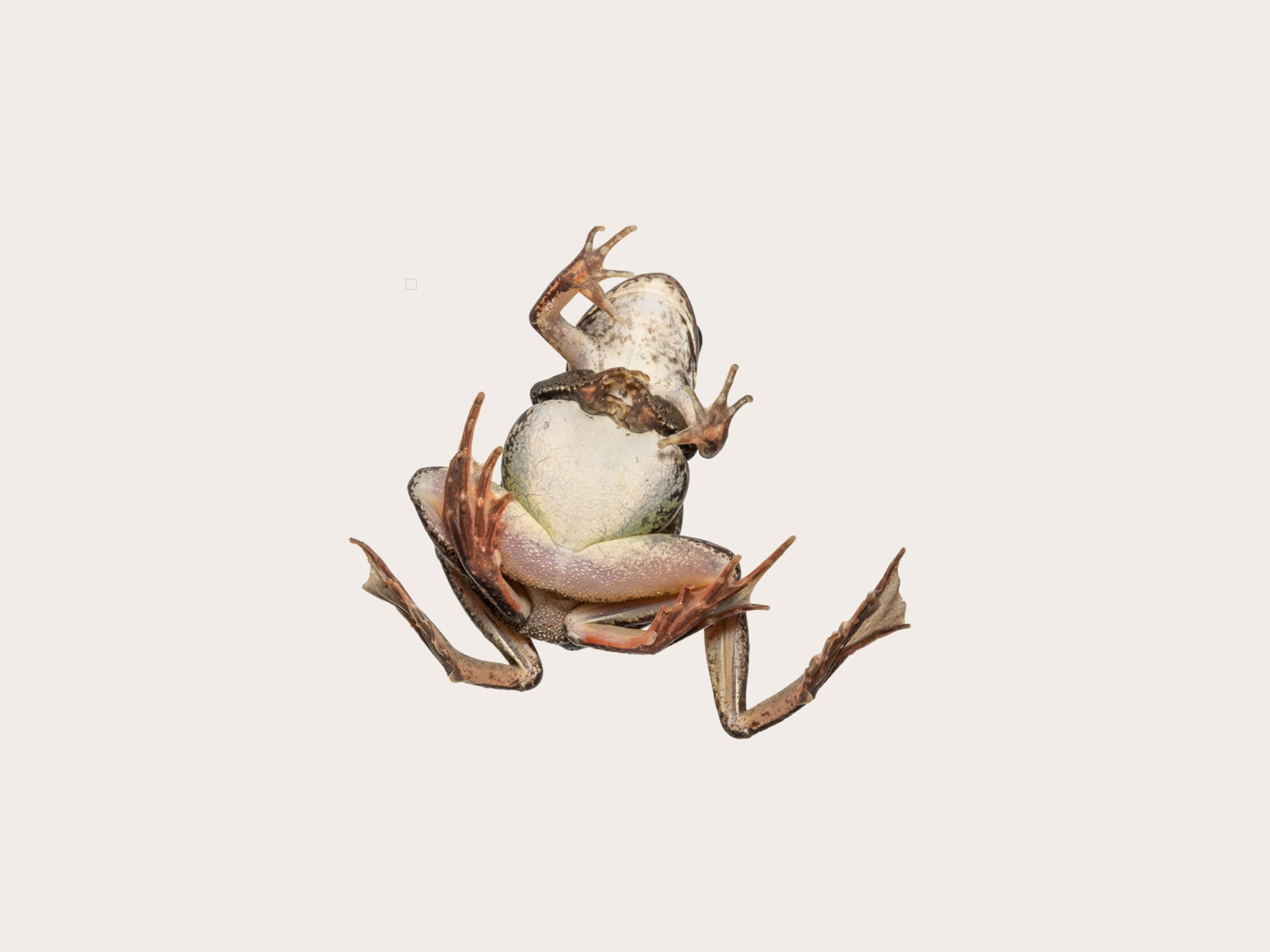Watch How Bizarre 'Water Monsters' Get a Second Chance
Traditional Mexican farmers and scientists have teamed up to save the endangered axolotl in Mexico City.
The bizarre and adorable aquatic salamander called the axolotl has been enticing collectors and scientists for centuries. But it's now dwindling in its native habitat around Mexico City.
The unique salamander is restricted to only a few canals around Mexico City, thanks to centuries of development and pollution, and scientists warn that it could entirely disappear by 2020, reports a feature article in the September edition of National Geographic Magazine-Latin America.
Revered by the Aztecs, the axolotl (ACK-suh-LAH-tuhl) is unusual among salamanders in that the adults retain large external gills. The creatures also have a remarkable ability to generate lost body parts.
The salamander once made its home in the interconnected lakes that filled the basin of Tenochtitlan, where Mexico City now stands. But over the centuries, many of the lakes and canals have been diverted, filled, and paved over. Pollution running off the land has killed off much of the aquatic life. Invasive species like tilapia and perch compete with axolotls and other native creatures.
In 1992, the Mexican government took action, establishing the Ejidos de Xochimilco and San Gregorio Atlapulco Protected Natural Area to try to safeguard what was left of the axolotl’s diminished habitat. The area is also considered a UNESCO World Heritage site and a Ramsar Wetland of International Importance.
But over the past few years, the salamanders have still declined, from several thousand a square mile to just a handful, due to ongoing issues with pollution and invasive species.
To try to shore up the animal’s numbers, scientists have been breeding the salamander in captivity. The axolotl reproduces relatively quickly, but the real challenge begins when the animals are reintroduced into their compromised habitat.
That decline doesn’t sit well with many local people, who still view the unusual animal as an important part of their cultural heritage.
“The legend goes like this, that when the axolotes [axolotls] are extinguished, we’ll be extinguished with them,” local farmer Pedro Méndez told National Geographic Magazine-Latin America.
“To the extent that we rescue the axolote, we’ll endure,” said Méndez. “[But] if it’s lost, we’re lost.”
The axolotl is so beloved in Mexico that it was even used as a metaphor of national identity by anthropologist Roger Bartra in his book La Jaula de la Melancolia (The Cage of Melancholy). (Read about the origins of salamanders.)
To further hold off urban sprawl and expand the animal’s habitat, scientists are also working with local people to revitalize the ancient tradition of farming in the wetland on structures that are essentially floating islands. The organic techniques create good habitat for the salamanders, while also helping to filter water for the city. The structure, called chinampa, is constructed from aquatic vegetation and logs interwoven with mud from the lake bottom.
But returning to this system hasn’t been easy, National Geographic Magazine-Latin America reports. Few young people in the region seem interested in agriculture or the old ways. Some farmers have been using agrochemicals, building greenhouses, or closing canals.
“To save the axolote is to save its environment; it’s restoring the water, it’s saving the species the axolote lives with, and saving the chinampa, nature, and the trees,” said Méndez. “But if we don’t save ourselves, the axolote won’t be saved either.”
This article was drawn from the feature “Axolote, a God in Danger of Extinction,” from National Geographic Magazine-Latin America (September 2016), as translated by Rachel Brown.





